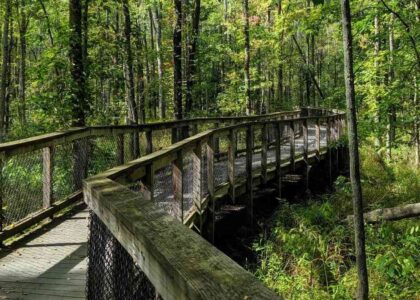Welcome to Heʻeia, a historically rich and culturally significant area located on the windward side of Oʻahu. Though specific founding details of Heʻeia are scarce, its origins can be traced back to the ancient Hawaiian settlements that thrived on the island long before Western contact. Heʻeia is particularly known for its traditional Hawaiian fishpond, the Heʻeia Fishpond, which dates back approximately 800 years. This fishpond is an impressive example of ancient aquaculture and engineering, showcasing the ingenuity of early Hawaiian society.
In the 19th century, following the unification of the Hawaiian Islands by King Kamehameha I, Heʻeia continued to serve as an important agricultural hub. The fertile lands were cultivated for taro, a staple crop in Hawaiian cuisine and culture. As the Hawaiian Kingdom saw increased interactions with Western traders and missionaries, Heʻeia’s landscape began to transform, with more Western-style agricultural practices being introduced.
In the 20th century, Heʻeia experienced further changes with the annexation of Hawaii by the United States in 1898. The area became part of the broader development and modernization efforts that swept across the islands. Today, Heʻeia’s historical sites, including the fishpond and the Heʻeia State Park, serve as reminders of its rich cultural heritage, providing visitors a glimpse into the life of ancient and historic Hawaii.
Heʻeia is not just about history; it’s also a place where the past meets the present. The community here actively works to preserve its cultural sites and traditions, with local organizations dedicated to restoring the fishpond and educating the public about its historical significance. As you explore Heʻeia, you’ll discover a community deeply connected to its roots, eager to share its stories and traditions with all who visit.



